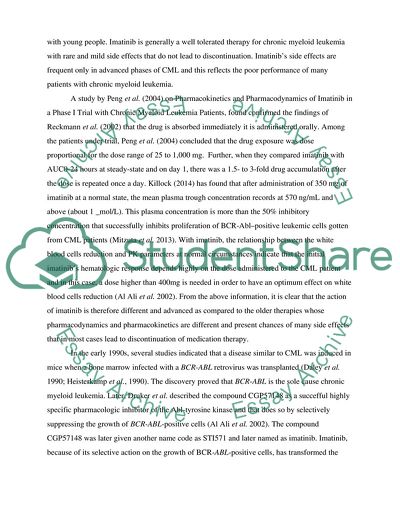Cite this document
(“Pharmacology Case Study Example | Topics and Well Written Essays - 1250 words”, n.d.)
Pharmacology Case Study Example | Topics and Well Written Essays - 1250 words. Retrieved from https://studentshare.org/health-sciences-medicine/1647264-pharmacology
Pharmacology Case Study Example | Topics and Well Written Essays - 1250 words. Retrieved from https://studentshare.org/health-sciences-medicine/1647264-pharmacology
(Pharmacology Case Study Example | Topics and Well Written Essays - 1250 Words)
Pharmacology Case Study Example | Topics and Well Written Essays - 1250 Words. https://studentshare.org/health-sciences-medicine/1647264-pharmacology.
Pharmacology Case Study Example | Topics and Well Written Essays - 1250 Words. https://studentshare.org/health-sciences-medicine/1647264-pharmacology.
“Pharmacology Case Study Example | Topics and Well Written Essays - 1250 Words”, n.d. https://studentshare.org/health-sciences-medicine/1647264-pharmacology.


